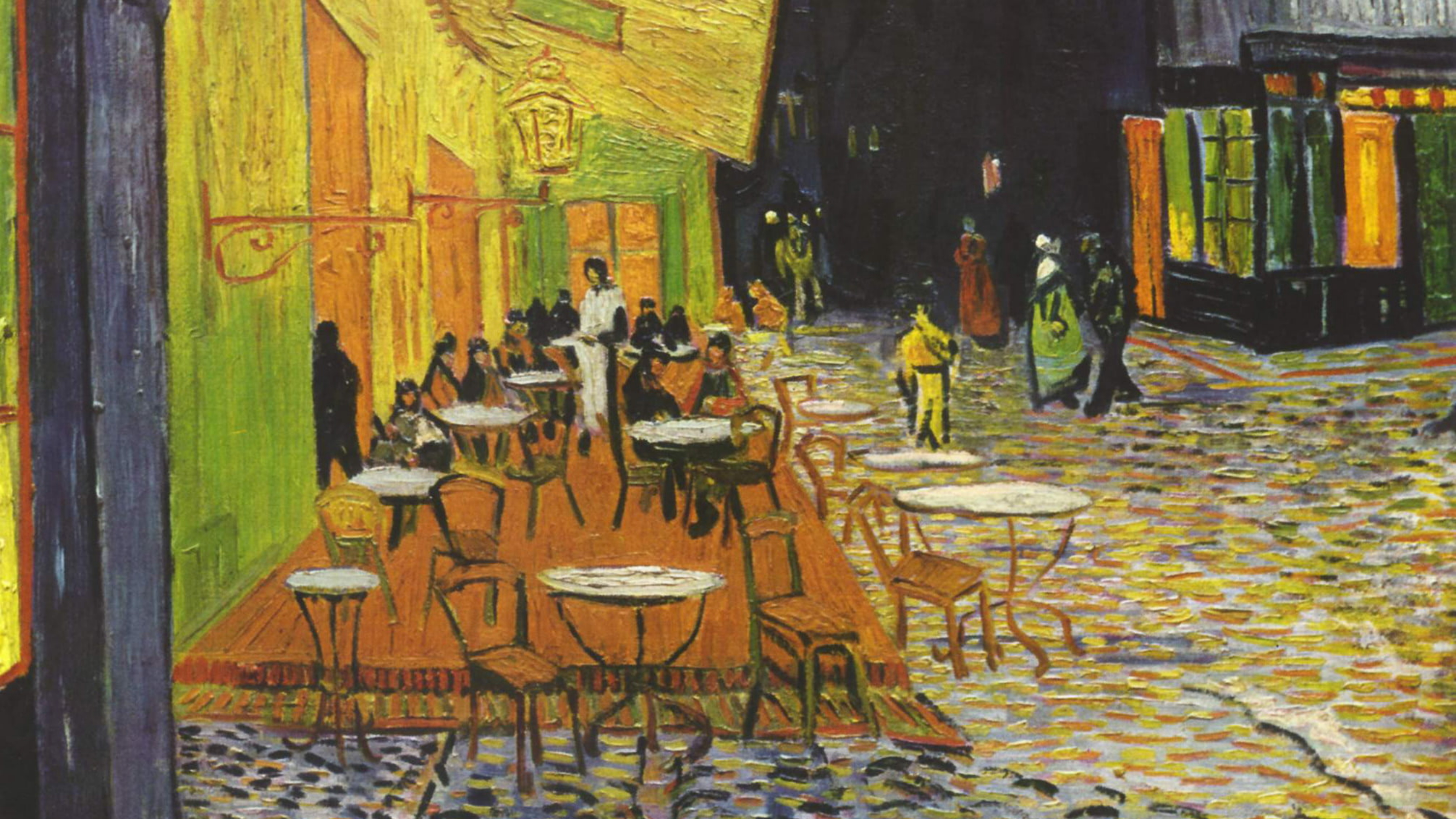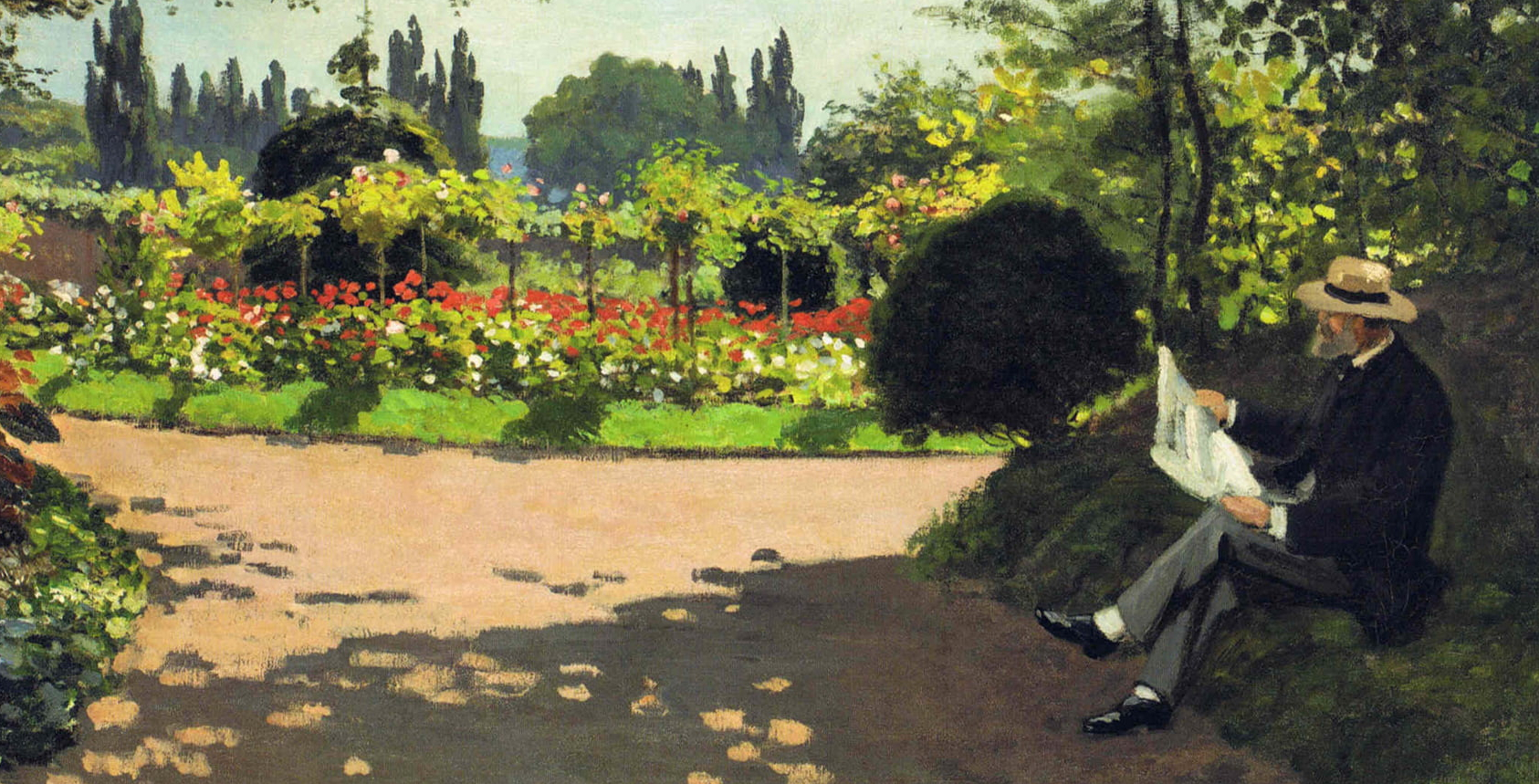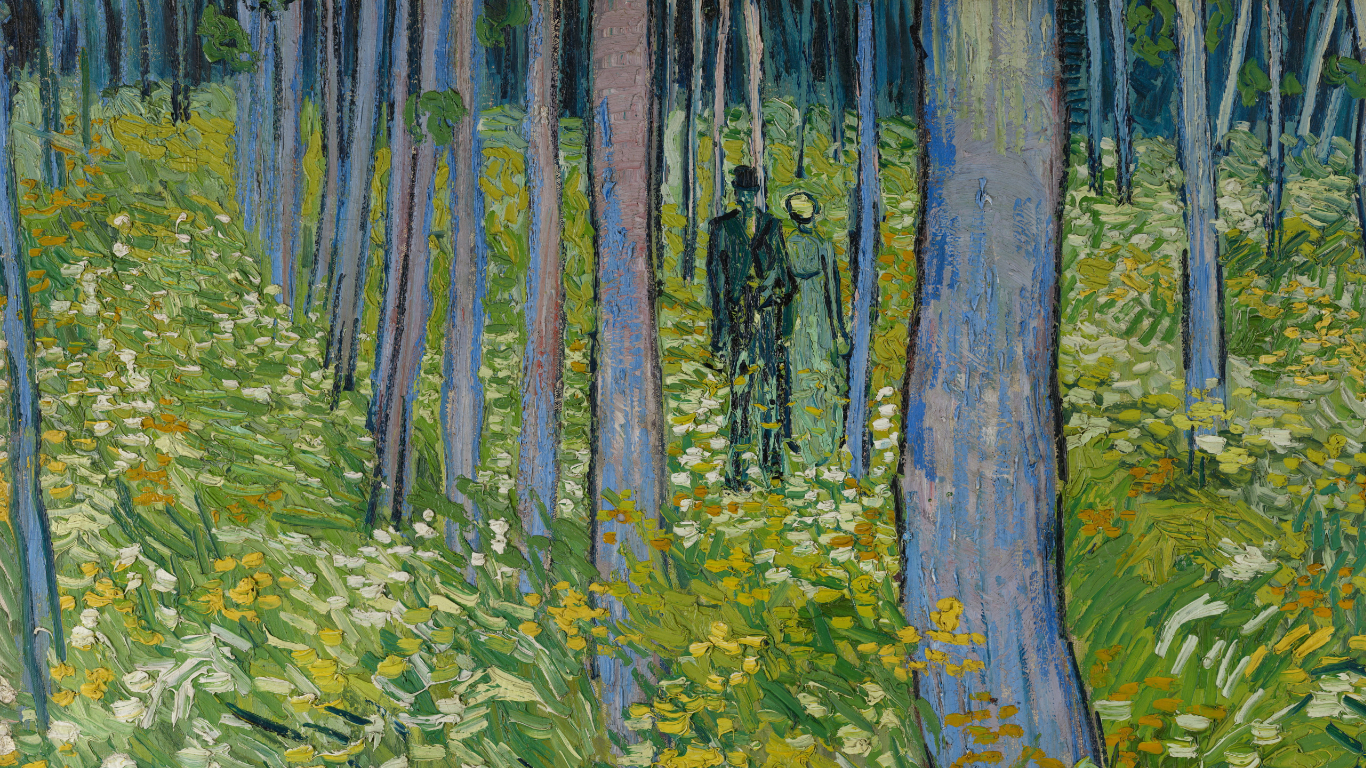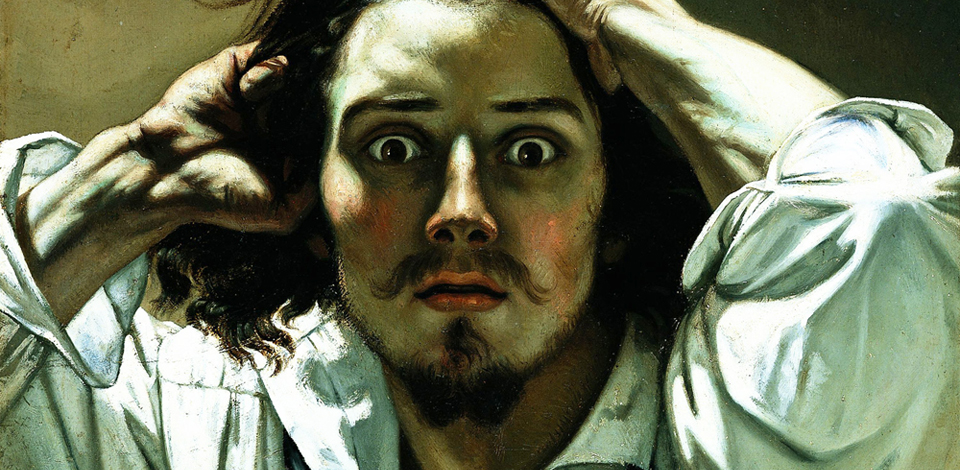5. REFLECTIVE ESSAY
DEFINITION
Reflective writing is an analytical practice in which the writer describes a real or imaginary scene, event, interaction, passing thought, memory, form, adding a personal reflection on the meaning of the item or incident, thought, feeling, emotion, or situation in his or her life. Many reflective writers keep in mind questions, such as "What did I notice?", "How has this changed me?" or "What might I have done differently?".
Thus, the focus is on writing that is not merely descriptive. The writer revisits the scene to note details and emotions, reflect on meaning, examine what went well or revealed a need for additional learning, and relate what transpired to the rest of life.
Reflective writing is also analyzing the event or idea (thinking in depth and from different perspectives, and trying to explain, often with reference to a model or theory from the subject.)
EXAMPLES:
Sample #1
Author: Prefers to remain anonymous
As an English major I have learned to appreciate the peaceful, yet exhilarating moment when my mind engages with an author's thoughts on a page. As Toni Morrison says in The Dancing Mind , "[reading is] to experience one's own mind dancing with another's." In my early days as a college student, I wanted to know the "true" meaning of a work or what the author intended, however, I have now realized this would void literature of its most noteworthy complexities. Individual interpretations bring varied insights to a work and it is also interesting to point out messages the author may not have realized s/he included in the piece.
I have always been a thinker, but throughout my coursework, I have greatly sharpened my critical analysis skills. Instead of focusing on proposed meanings or biographical background, I have learned to continuously ask "why" on many different levels. I challenge myself to dig into a text as deeply as possible and unpack every detail to develop a satisfying close read. Also, by reading multiple novels by the same author I have learned to identify different writing styles and make connections that weave texts together; this helped me develop a deeper understanding of the novels. When I look at one of my freshman level novels and see clean pages, I realize that I did not actively read the book. I guess you could say that I have learned to read with a pen, which has drastically taken my writing to a new level because I am able to connect back with my initial insights marked on the page.
Writing had always been one of my strengths, but it was challenging to take that initial step past the high school, five-paragraph essay form that constricted my ideas for so long. Moving past this form, however, has greatly opened my mind. My thoughts are now able to be more complex because I have learned how to sustain a logical argument in an organized manner. My writing has become increasingly more concise and I no longer have room for added "fluff" or "padding." Another improvement is my ability to point out multiple complexities within a text, instead of sticking to one-sided arguments in my papers. Furthermore, learning how to find peer reviewed journal articles and order books through interlibrary loan has significantly widened the scope of my research, which has lead to more scholarly papers with credible references. My writing is so much more interesting than it used to be.
It is difficult to identify gaps in my knowledge as an English major, only because I feel like I have learned so much. I feel that I have largely expanded my literary analysis and writing skills, but I need to be prepared to teach high school students their required literature. I think it would be useful to identify commonly taught novels in our local high schools and study them myself. By studying the required literature and thinking about how to teach it, I will have a sturdy foundation to work from once I am in the classroom.
Sample #2
Author: Nekisa Mahzad
I have been a student at California State University Channel Islands (CI) for 5 semesters, and over the course of my stay I have grown and learned more that I thought possible. I came to this school from Moorpark Community College already knowing that I wanted to be an English teacher; I had taken numerous English courses and though I knew exactly what I was headed for-was I ever wrong. Going through the English program has taught me so much more than stuff about literature and language, it has taught me how to be me. I have learned here how to write and express myself, how to think for myself, and how to find the answers to the things that I don't know. Most importantly I have learned how important literature and language are.
When I started at CI, I thought I was going to spend the next 3 years reading classics, discussing them and then writing about them. That was what I did in community college English courses, so I didn't think it would be much different here. On the surface, to an outsider, I am sure that this is what it appears that C.I. English majors do. In most all my classes I did read, discuss, and write papers; however, I quickly found out that that there was so much more to it. One specific experience I had while at C.I. really shows how integrated this learning is. Instead of writing a paper for my final project in Perspectives of Multicultural Literature (ENGL 449), I decided with a friend to venture to an Indian reservation and compare it to a book we read by Sherman Alexie. We had a great time and we learned so much more that we ever could have done from writing a paper. The opportunity to do that showed me that there are so many ways that one can learn that are both fun and educational.
The English courses also taught me how powerful the written word and language can be. Words tell so much more than a story. Stories tell about life and the human condition, they bring up the past and people and cultures that are long gone. Literature teaches about the self and the world surrounding the self. From these classes I learned about the world, its people and its history; through literature I learned how we as humans are all related. By writing about what we learn and/or what we believe, we are learning how to express ourselves.
I know that my ability to write and express my ideas, thoughts and knowledge has grown stronger each semester. I have always struggled to put my thoughts on paper in a manner that is coherent and correct according to assignments. I can remember being told numerous times in community college to "organize your thoughts" or "provide more support and examples". These are the things that I have worked on and improved over the past couple of years and I feel that my work shows this. The papers I wrote when I first started here at C.I. were bland and short. In these early papers, I would just restate what we learned in class and what I had found in my research. I did not formulate my own ideas and support them with the works of others. The classes I have taken the past couple semesters have really help me shed that bad habit and write better papers with better ideas. I have learned how to write various styles of papers in different forms and different fields. I feel confident that I could write a paper about most anything and know how to cite and format it properly.
There are a couple of things that I do feel I lack the confidence and skill to perform, and that is what I hope to gain from participating in Capstone. I am scared to teach because I don't know how to share my knowledge with others-students who may have no idea what I am talking about. I hope to learn more about how teachers share their knowledge as part of my Capstone project.
6. TRUE NARRATIVES
DEFINITION
A true narrative essay, remember is a story, based on actual events. You are required to compose a true narrative essay about an incident that you experienced or observed. The form of the true narrative is undefined; the purpose in telling the story is to express a point or observation.
EXAMPLES:
a. He Left So I Could Learn
It was my second day on the job. I was sitting in my seemingly gilded cubicle, overlooking Manhattan, and pinching my right arm to make sure it was real. I landed an internship at Condé Nast Traveler. Every aspiring writer I've ever known secretly dreamt of an Anthony Bourdain lifestyle. Travel the world and write about its most colorful pockets.
When my phone rang, and it was Mom telling me Dad had a heart attack. He didn't make it. I felt as though the perfectly carpeted floors had dropped out from under me. Now that I've come out the other side, I realize Dad left me with a hefty stack of teachings. Here are three ideals I know he would've liked for me to embrace.
First, you have to stand on your own two feet. As much as our parents love and support us, they can't go to our school and confess to the principal that we stole a candy bar from Sara. We have to do that. Neither can they walk into the Condé Nast office and nail a job interview for us. At some point, we have to put on our "big girl pants" and be brave, even if we're not.
Also, there's a difference between love and co-dependence. Being grateful to have someone to turn to for love and support is not the same as needing someone to turn to for love and support. With the loss of my father, I've also lost my sounding board. All I can glean from that is it's time to look within myself and make proper assessments. If I can't make sound decisions with the tools already in my kit, then I risk falling for anything.
Finally, memories are, perhaps, the only item that cannot be taken away from us. Will I miss my father? Every single day. What can I do in those times? I can open up our suitcase of memories, pick out my favorite one, and dream about it, talk about it, or write about it. Maybe I can't pick up the phone and call him anymore, but that doesn't mean he's gone.
Next week, I'm off to Istanbul to explore their art scene. As soon as I read the email from my editor, I picked up my phone to call Dad. Then, I realized he'll never answer my calls again. I fought back the tears, got up to make a cup of peppermint tea, and added a new note to my iPhone titled, "Istanbul Packing List."
In the end, life goes on. I'm not sure why he had to leave during the single most poignant chapter in my life. So, I won't dwell on that. Instead, I'll hold tightly to these three ideals and write about Karaköy in Istanbul's Beyoğlu district. Dad will be with me every step of the way.
b. A Teeny, Tiny Treasure Box
She took me by the hand and walked me into the lobby like a five-year old child. Didn't she know I was pushing 15? This was the third home Nancy was placing me in - in a span of eight months. I guess she felt a little sorry for me. The bright fluorescent lights threatened to burn my skin as I walked towards a bouncy-looking lady with curly hair and a sweetly-smiling man. They called themselves Allie and Alex. Cute, I thought.
After they exchanged the usual reams of paperwork, it was off in their Chevy Suburban to get situated into another new home. This time, there were no other foster children and no other biological children. Anything could happen.
Over the next few weeks, Allie, Alex, and I fell into quite a nice routine. She'd make pancakes for breakfast, or he'd fry up some sausage and eggs. They sang a lot, even danced as they cooked. They must have just bought the house because, most weekends, we were painting a living room butter yellow or staining a coffee table mocha brown.
I kept waiting for the other shoe to drop. When would they start threatening a loss of pancakes if I didn't mow the lawn? When would the sausage and eggs be replaced with unidentifiable slosh because he didn't feel like cooking in the morning? But, it never happened. They kept cooking, singing, and dancing like a couple of happy fools.
It was a Saturday afternoon when Allie decided it was time to paint the brick fireplace white. As we crawled closer to the dirty old firepit, we pulled out the petrified wood and noticed a teeny, tiny treasure box. We looked at each other in wonder and excitement. She actually said, "I wonder if the leprechauns left it!" While judging her for being such a silly woman, I couldn't help but laugh and lean into her a little.
Together, we reached for the box and pulled it out. Inside was a shimmering solitaire ring. Folded underneath was a short piece of paper that read:
"My darling, my heart. Only 80 days have passed since I first held your hand. I simply cannot imagine my next 80 years without you in them. Will you take this ring, take my heart, and build a life with me? This tiny little solitaire is my offering to you. Will you be my bride?"
As I stared up at Allie, she asked me a question. "Do you know what today is?" I shook my head. "It's May 20th. That's 80 days since Nancy passed your hand into mine and we took you home."
It turns out, love comes in all shapes and sizes, even a teeny, tiny treasure box from a wonderfully silly lady who believes in leprechauns.
7. BLOG
DEFINITION
A blog is a discussion or informational website published on the World Wide Web consisting of discrete, often informal diary-style text entries. Posts are typically displayed in reverse chronological order, so that the most recent post appears first, at the top of the web page.
A blog (shortening of “weblog”) is an online journal or informational website displaying information in the reverse chronological order, with latest posts appearing first. It is a platform where a writer or even a group of writers share their views on an individual subject.
EXAMPLES:
a. Miss Thrifty
One of the more popular frugal blogs in the UK, Miss Thrifty is targeting young mums with her money saving, frugal tips and articles. And rightly so! The market is massive and she’s meeting a need for this type of information. Young mums aren’t exactly rolling in cash. They may have had to give up work and are now relying on just one wage coming in, so the need to be more frugal with everyday living is a must.
The great thing about this blog is the conversational tone and the real person behind the brand. I think it’s inspiring to other mums to see someone like them making such a difference in other people’s lives by creating amazingly useful content that is 100% actionable. Also it may inspire mums to set up their own blog and to write about their experiences as a mother and a wife in the 21st century.
b. Skint Dad
So when I talk about coming at a niche from a different angle, this example is exactly what I mean. Skint Dad is a site that helps young / new dads save money and be more frugal in their day to day living. There’s also a section on their that shows guys how to make a little more cash on top of their monthly day job wage, which is vital in some cases just to keep your head above water.
A lot of new dads have the added stress of not having their wives’ or girlfriends’ wage coming in each month, due to the temporary career change in being a full time mum of a baby. So having some content around how they can make a few extra “Ps” in their wallet each month, can ease the burden somewhat.
8. TESTIMONIO
DEFINITION
Testimonio, is directly translated to the English word “testimony,” but there are important differences between the two words. “Testimonio” is a literary genre and is not bound by the same legal obligations to “truth” which are equated with “testimony”. Testimonio is generally considered a fact-based first person narrative of injustice, seeking to represent the experiences of a larger social group, with the aim of rallying support to create more just future. While there may be similarities, testimonio is not the same as other non-fiction genres such as biography, autobiography, and historical texts.
In “Voices for the Voiceless,” Gugelberger and Kearney explain the major proponents of testimonio that separate it from similar genres: testimonio is concerned with the future, not the past; it is concerned with the collective society, not the individual; and there is a learning process involved that inspires readers to act for justice and aims to destabilize Western authority (9). These main proponents of the testimonio genre make it compatible with the magical realist style and their shared goals of consciousness and justice.
While magical realist testimonio may seem even more paradoxical than magical realism alone, the genres share many similarities in their subjects and their goals. The genre “magical realist testimonio” does not exist per se- there are no texts marketed this way. The closest thing there is to a magical realist testimonio is the testimonial novel, which is a work of fiction, but still realistically delivers a testimony. Magical realism is rarely ever considered testimonio because magic is not “real” and testimonios are “real” accounts of injustice.
While there are testimonial novels written in a magical realist style, either the testimonial aspect, or the magical realist aspect is ignored to make a stronger case for the influence of the other genre. This separation, and obsession with “real” and “truth” is keeping critics and readers from seeing the power that a magical realist testimonio has on influencing social change. My thesis will explore the historicity and biographical nature of magical realist texts as a means of testimonio, and show how by rethinking “real,” a magical realist testimonio has the potential to influence positive social change.
Testimonio is generally defined as a first-person narration of socially significant experiences in which the narrative voice is that of a typical or extraordinary witness or protagonist who metonymically represents others who have lived through similar situations and who have rarely given written expression to them.
EXAMPLES:
a. A Bird in the Cage
This testimonio is from my mother’s story of her life
I was born in the province of Bohol. I was the fifth child of twelve. My parents are both farmers. We were living in a simple house at a top of the mountain. And as the eldest among my sisters, I was responsible for all the household chores and serve as the mother of my younger siblings by taking care of them while my parents are on the farm. It was so hard for me to study because our school is about 4 kilometers away from our house and it was located at the bottom of the mountain. So, I have to walk every day before and after class. Every time I got home, I was so exhausted wanting to sleep but my mother always force me to do the household chores or else I will be punished.
So, I have no choice but to do what she asked me. My everyday life is so tiring and difficult. My mother always treated me so badly. I never feel the love of a mother. And my father, he always came home drunk but even though he’s drunk he never laid his hands to us not like any other drunks who always messing around violently. There are times that we don’t have food to eat because he spends the money in drinking and in the cock fighting. Every time he went home my mother scolded him. Almost every day there is a war in the house. But despite all of those happenings in my life, I was so proud of myself.
Since elementary to high school I was a consistent honor student. My medals and achievements are my precious possessions. Every day and every time I received awards I always thank God for always staying with me in times of trial and happiness. My faith in God will never ever disappear. And I also have faith that I will enter to college despite of our poverty. It is the only way that I can see to escape from this way of living.
But my mother told me no, “you can’t go to college. We don’t have money for your expenses and you should help me feeding your siblings. You should go to work!” .My heart broke and shattered. I cried and cried when I got home. I can’t accept that I can’t go college. I really want to go to college. Any course is fine for me I just want to go to college. But no matter how many times I beg she never listened but instead she shouted at me forcing me to do the work.
I was hired as a helper at a Chinese convenient store for two months and I eventually went to Mindanao because my Uncle promised me to help me finished my education. But when I get there he made me as his child’s babysitter. I thought I could continue my study. I was so disappointed and upset.
How long should I endure this terrible cage of mine? How long do I have to wait before I get my freedom? It’s been FOUR YEARS of working in different stores and houses! Does my right in education have already been forgotten? I can’t accept this. I don’t want to stay in this kind of life forever! I have to do something.
Then, my older cousin heard my complains. She offers me her help; she is willing to pay for my enrollment and expenses for just a year. But the problem is, will my mother allows me to return to school? Knowing that it can affect my work?
I was so desperate. I have to tell my mother that I really want to enter college. I was so nervous and scared. What if she rejects the offer? What will happen to my future? I was completely shocked. My mother has given the permission to accept the offer. My heart is overflowed with joy. I was so happy after FOUR YEARS finally I can truly go to college.
I take the vocational course, nursing aid. And as promised I finished it in a year. After that my cousin brought me to the brother of her master who is a doctor to assist him on his clinic because his wife is on abroad. But I never expect that he is the person who can help me finished the college.
And now I am a licensed registered midwife who is currently working at the Hospital of Carmona, Cavite.
b. My Testimonio of Coming Full Circle
Coming full circle is when your activism leads to your scholarly work, and that leads to your community work and career. And you continue cycling through this rotation in different ways during your journey. For me, at the center for each of these intersecting worlds and coming full circle is healing through community–recognizing myself and my own struggles in the testimonios of my sisters, brothers, and all my relations who connect and build together to produce critical work and uplift our struggles to heal our mundo.
The connections among us are numerous. Recently, I’ve considered a few examples of this “full circle” in my experience. One is when my friend from UC Santa Cruz Edith Gurrola invited me to speak about my documentary Justice for My Sister and its violence prevention campaign at Comisión Femenil in the San Fernando Valley. After the talk, I spoke with Rosemary Muñiz, College Admissions Adviser at CSUN, and realized that we had met at the Comisión back in 2007 when they hosted my student group Speak Out For Them (SOFT) at their event to denounce the unsolved cases of las muertas de Juárez. Another was hearing
Lourdes Portillo, the filmmaker who created Señorita Extraviada, in an academic context and getting inspired to co-found the club Speak Out For Them (SOFT) with my friend Joanna Kibler. Yet another example of “full circle” in my life was running into my mentor Maria Soldatenko at a march in Guatemala. Many years before that Soldatenko had introduced me to Lucia Muñoz from MIA, Mujeres Iniciando en Las Americas, who holds trainings for Men Against Feminicide in Guatemala. One final example is when MIA advocate Marina Woods introduced me to JFMS Collective members in Guatemala in 2011 and later joined our retreat in Los Angeles to train us on Gender 101 in 2012. Full circle. Every time.
These “full circle” moments are about the importance of creating community. With my film, I commit to continuing that work by screening the film annually with our SiStars from Mujeres de Maiz at the Boyle Heights Farmers Market and hosting a series of Healthy Relationships Panels with the Justice for My Sister Collective and our partners in Los Angeles. These events gave us advocates and activists a chance to have meaningful conversations about our own relationship histories.
These talks led to other conversations about community accountability. Community accountability, through transformative justice can lead to healing, and more creative and love-centered approaches to breaking cycles of violence. It provides an alternative to the prison industrial complex, which has historically criminalized men, women, and gender non-conforming individuals of color and torn our communities apart.



































































